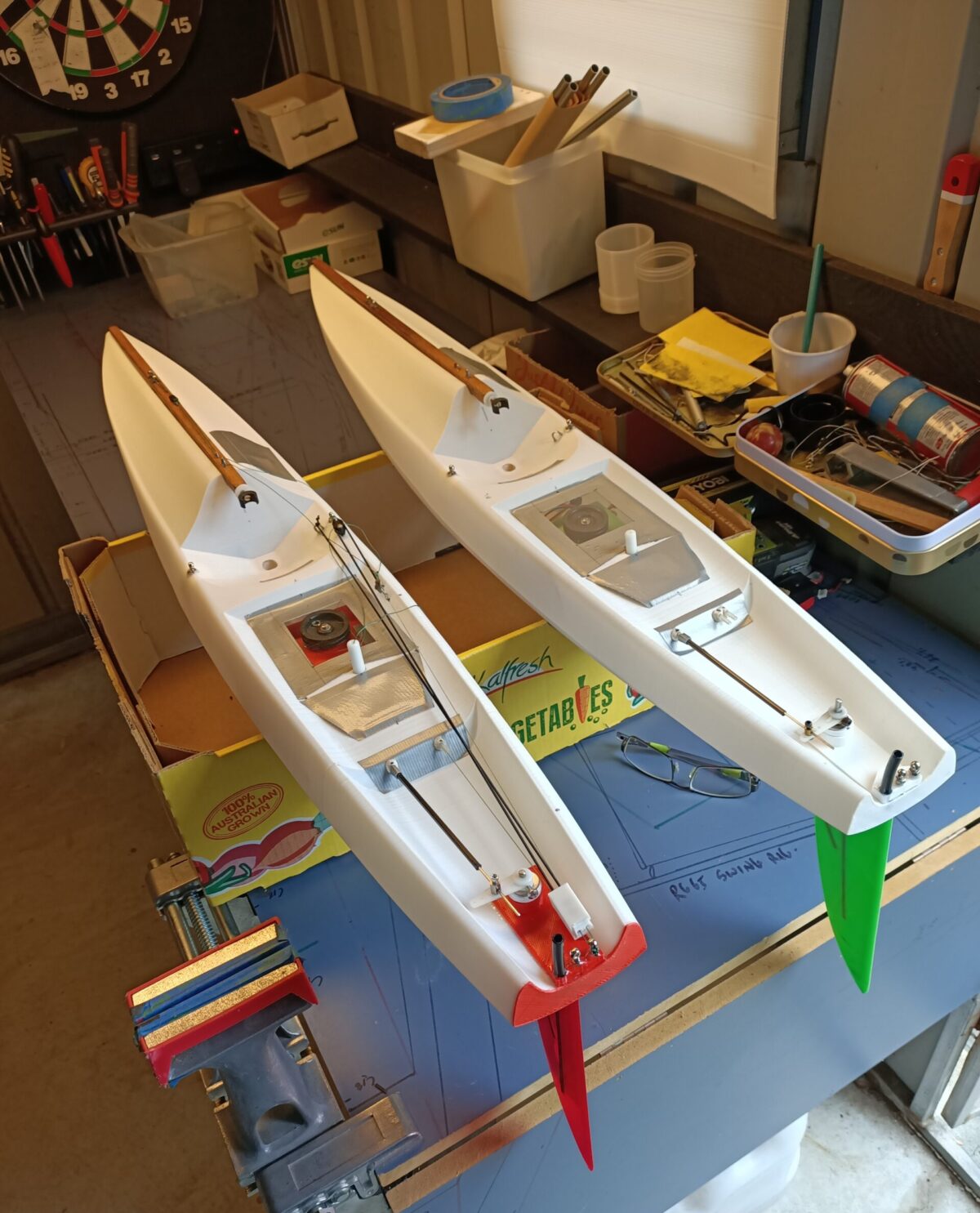The Shuffle and 3d Printing Technology
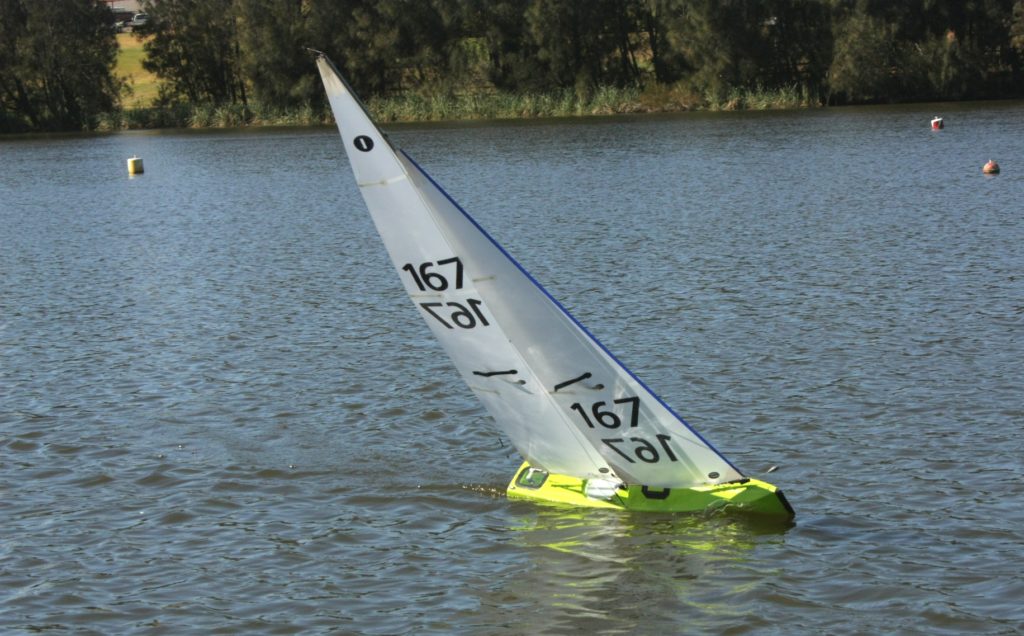
It was a destiny of two universes coming together. Here is the story.
First universe: The IOM Shuffle
The IOM Shuffle is the recent product of a lengthy and very productive collaboration between two outstanding designers and competitors: Huub Gillissen (Netherlands) and Craig Smith (Australia).
Huub is an outstanding designer and inventor by trade and has made many innovative and thoughtful contributions to the development of modern IOMs.
Craig is an IOM World Champion and has been around designing, building and competing since the very early beginnings of the IOM era.
At this stage only a handful of the Shuffles have been produced, and for those who know about them, they certainly do not need any introduction. Already outstanding performances in both Europe and Australia.
Second universe: 3d Printing Technology and RC Yachts
In a parallel universe, Craig and myself are a long way into a project aimed at producing 3d printed lightweight and strong hulls with the key internal parts integrated into the design so they can all be printed together. To those not experienced in 3d printing, this is not an easy thing to do. It has taken many months of design/testing/research to produce an efficient, light, accurate plus competitive yacht.
I will say this stretched both of us in terms of our understanding of design and building in this new technology.
But it is a story of success, the first prototype using this advanced technique has now been fully printed and Craig wanted it based on the exciting new Shuffle.
A fast boat with the latest 3d building techniques. What a great combination.
This page will be updated as more information and images become available. Enjoy these early pictures from the development and building stage.
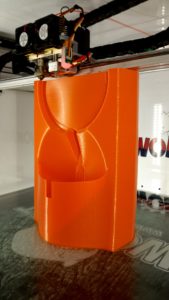
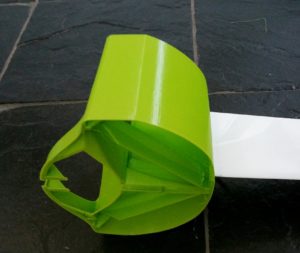

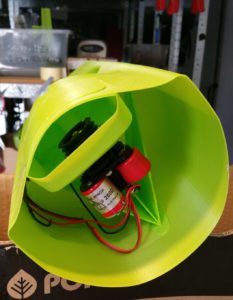

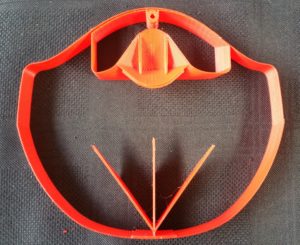
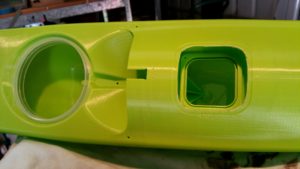
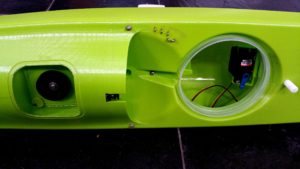
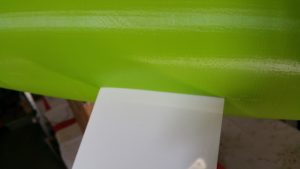
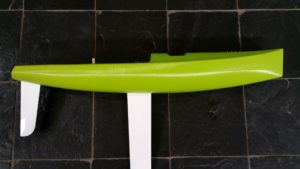
First Water Trial
On Thursday 12th October, 2017 the integrated 3d printed Shuffle trialed at our local club 1.5 hours south of Sydney, Australia. Here are some images and observations.
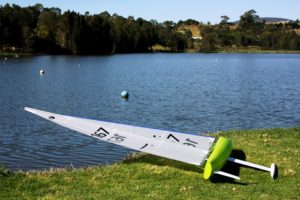
As per our normal process with design and 3d printing research, the trial was done with as little variables as possible (except we can’t pick the weather).
I asked our club president, Warren Norrie, and multiple club championship winner to bring his very fast Britpop to the trial. Why a Britpop? Well it is obviously an iconic RC yacht that has excellent sailing credentials recognised around the world. This allows for meaningful understanding of the characteristics of the new yacht without all the variables of other boats getting in the road, so to speak.
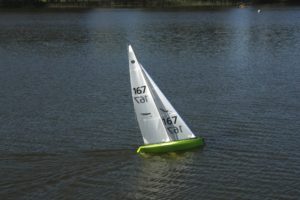
So it was just Warren and myself. We speed tested and then ran close proximity short course racing for several hours. The wind started out around 5 km/h and built to top end of the B rig by the end of the session, it felt like a “baptism of fire” for the new yacht. Here are the observations.
- The 3d Shuffle was beautifully balanced from the moment it hit the water. In fact, except for sail set I didn’t change anything else during the trial. With both A and later B rig, it showed slight windward helm tendencies which is the way I like it.
- In straight line testing, there was no difference to the Britpop in speed. This remained the same as the short chop/waves built as the wind rose during the testing. In both A and B rig the speed was near identical in all aspects.
- The bow sits up nicely as it bumps it’s way across the top of the waves instead of through them.
- There were a number of gust surges in B rig that pushed the bows deep into the water and the 3d Shuffle handled the situation easily as well as the Britpop.
- It tacked easily in all conditions and the acceleration out from a tack was impressive.
- The hull appears nice and “slippery” in light and heavier conditions.
- It was a bit weird actually, how close the racing was during the trial. We had decided to stay relatively close during the racing to keep wind variation to a minimum.
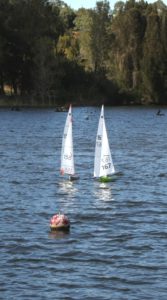
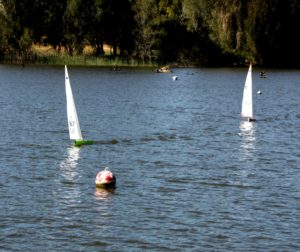

In summary, I’m going to quote a couple of comments from Warren during the session.
First: “Wow that looks fantastic” (He hadn’t seen the boat up until the morning of the trial)
Second: “This is a fast boat, well done” ( He loved it and was also very impressed with the performance and overall balance of the Shuffle)
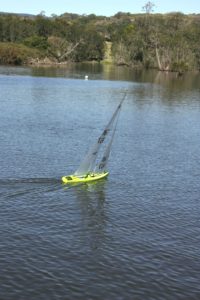
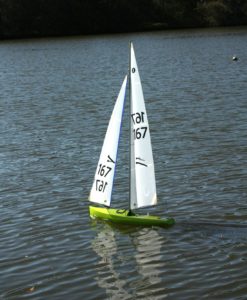
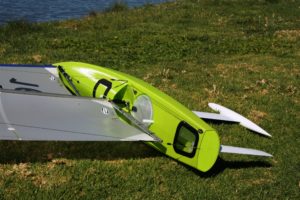


First Club Race Day
A blustery day, but those who braved the B rig conditions had a load of fun.
The Shuffle won many of the races and was always in the top few during the day.
While it is hard to really learn anything in turbulent conditions, the 3d Shuffle certainly felt fast, rigid and stable.
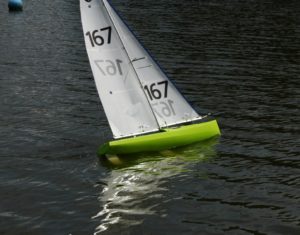
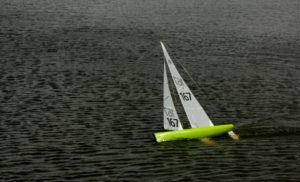
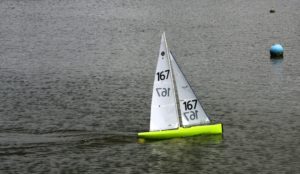
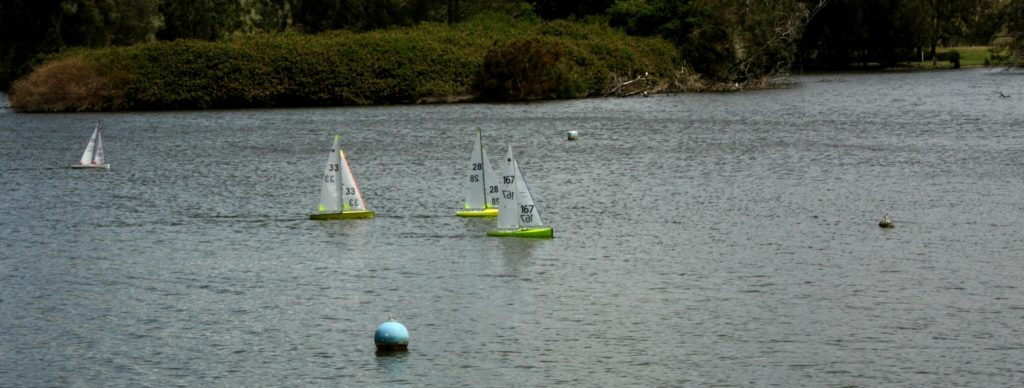
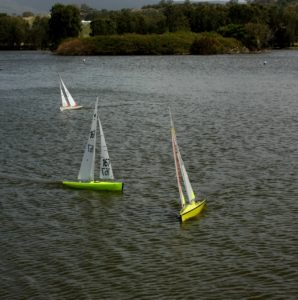

A Day Out On The Bay At Kogarah, Sydney
Kogarah Bay Sailing Club has some the best sailing conditions you could find anywhere along with a fun bunch of very competitive sailors.

At Kogarah Bay, open sailing with a great breeze. The Shuffle is green (167)
This trial was at their final Club Championship for the year. 10 boats, very competitive, some of the best sailors in Australia. Great test bed.
The conditions ranged from mid to top A rig and the water was lumpy and bumpy like a “washing machine”. Often hard to settle the boat down to get it to drive consistently through the chop.
First 5 races were definitely a tune up session for me. Had initial issues with tacking, so regardless of the speed it would bring the Slice back into the fleet each time it stalled on the tack. So some rig adjustments and an increase in the rudder throw sorted all that out.
Last 5 races were an absolute delight.
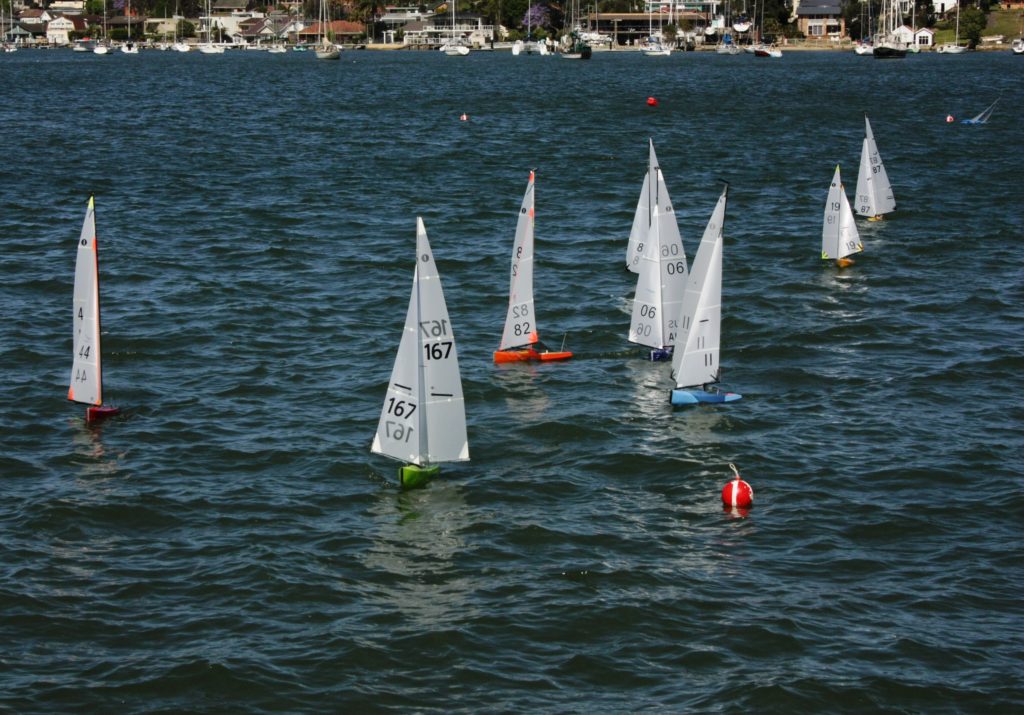
- Great speed through the chop
- Tacked easily
- Pointing and stability improved as the rig was eased out. Eventually went to 50 mm at the main boom. Now that is a lot for someone who normally sails on a flat freshwater pond. It simply got faster and more stable as the rig was eased more and more… if someone could explain this to me I would appreciate it. Yet on flat water 10-20 mm works nicely.
- As a result of the the boat settling down it was then rarely out of the top three during the racing. I was very encouraged, I will admit. With the 3d process and design, there is always the lurking doubt that something may not be right. But… that was all dispelled for me at this fast and furious event.

I think the team can be very proud of this machine.
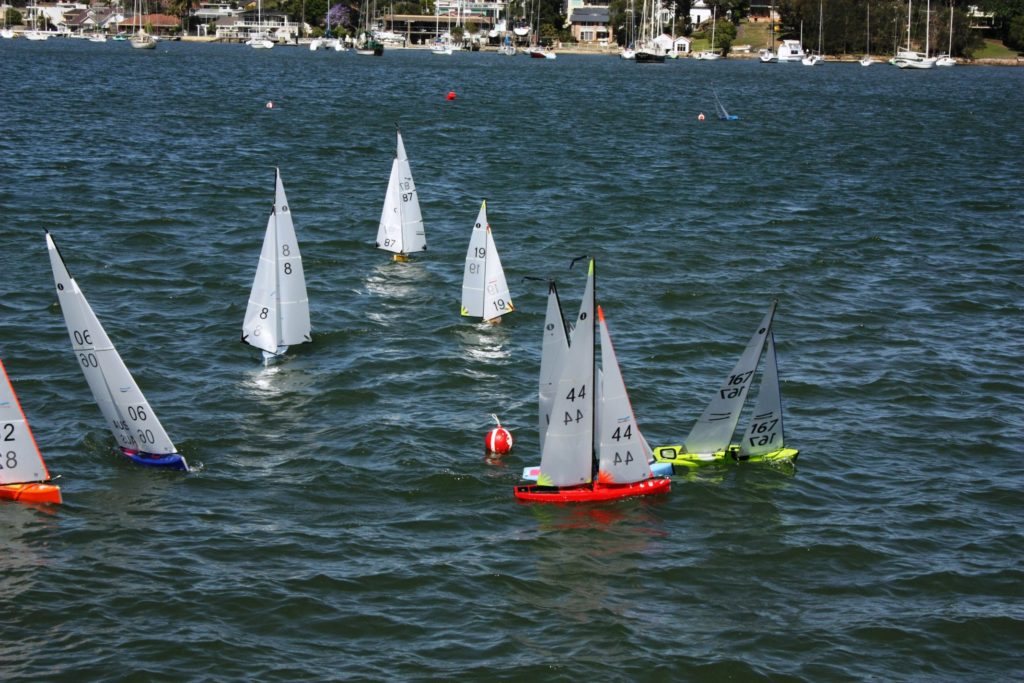
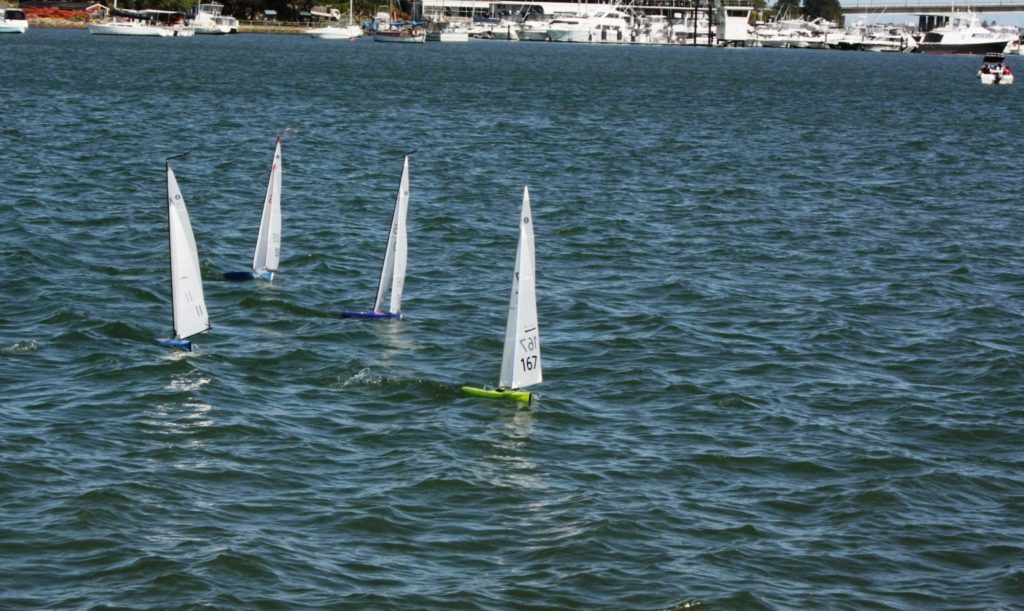
More to come…
Selwyn Holland
